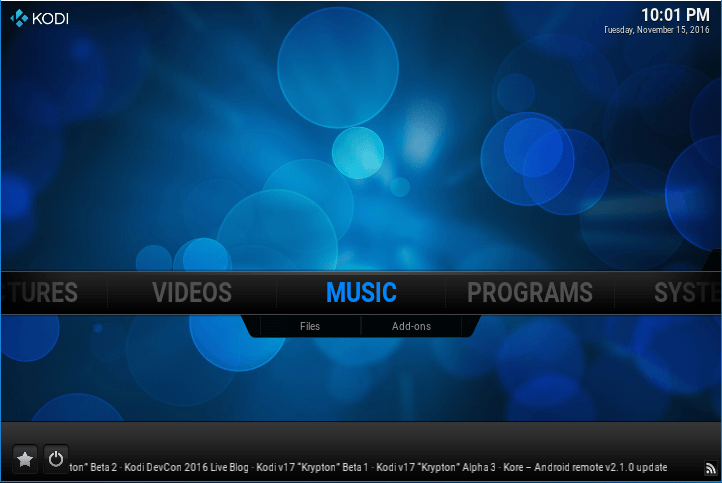

You can find such drives for around $30 that are every bit as good as Apple’s $79
#Wii als mediacenter install#
However, external USB removable media drives are inexpensive and they operate just like an internal drive-allowing you to play movies and install disc-based software. If you still depend on DVDs and CDs then you may be annoyed that there’s no slot in the front of the mini for your discs. What the mini doesn’t have-and hasn’t had for a couple of iterations-is a removable media drive. And it supports digital audio in and out.

It carries a gigabit ethernet port, for when wireless isn’t fast enough. The mini has an IR receiver and comes with Apple’s remote, so it can be controlled from the couch. It includes four USB 3 ports for plugging in additional storage devices and media peripherals. Unlike most of today’s Macs it still retains a FireWire 800 port (though it also has a Thunderbolt port). It includes an SDXC card slot for directly accessing the pictures stored on a camera’s memory card.

#Wii als mediacenter tv#
It sports an HDMI port, which allows you to jack the computer directly into your TV or HDMI-compatible AV receiver. Today’s Mac mini offers other advantages as a media server. I chose to save that $200 because the base-model’s processor is fast enough for a media server, and because, while storage is important for this kind of use, an external hard drive offers more space for less money. For another $200 you can purchase a Mac mini with a i7 processor and a 1TB hard drive. That mini includes a 2.5 GHz dual-core Intel Core i5 processor, 4GB of memory, a 500GB hard drive, and the Intel HD Graphics 4000 chipset built into the motherboard. I chose the $599 base-model Mac mini for my media experiment, largely based on its price and performance. But is it the perfect solution for those anxious to cut the media cord? I spent a month with one to find out. Small, not obscenely expensive, and capable of accessing media locally as well as online, the Mac mini has a lot going for it.


 0 kommentar(er)
0 kommentar(er)
